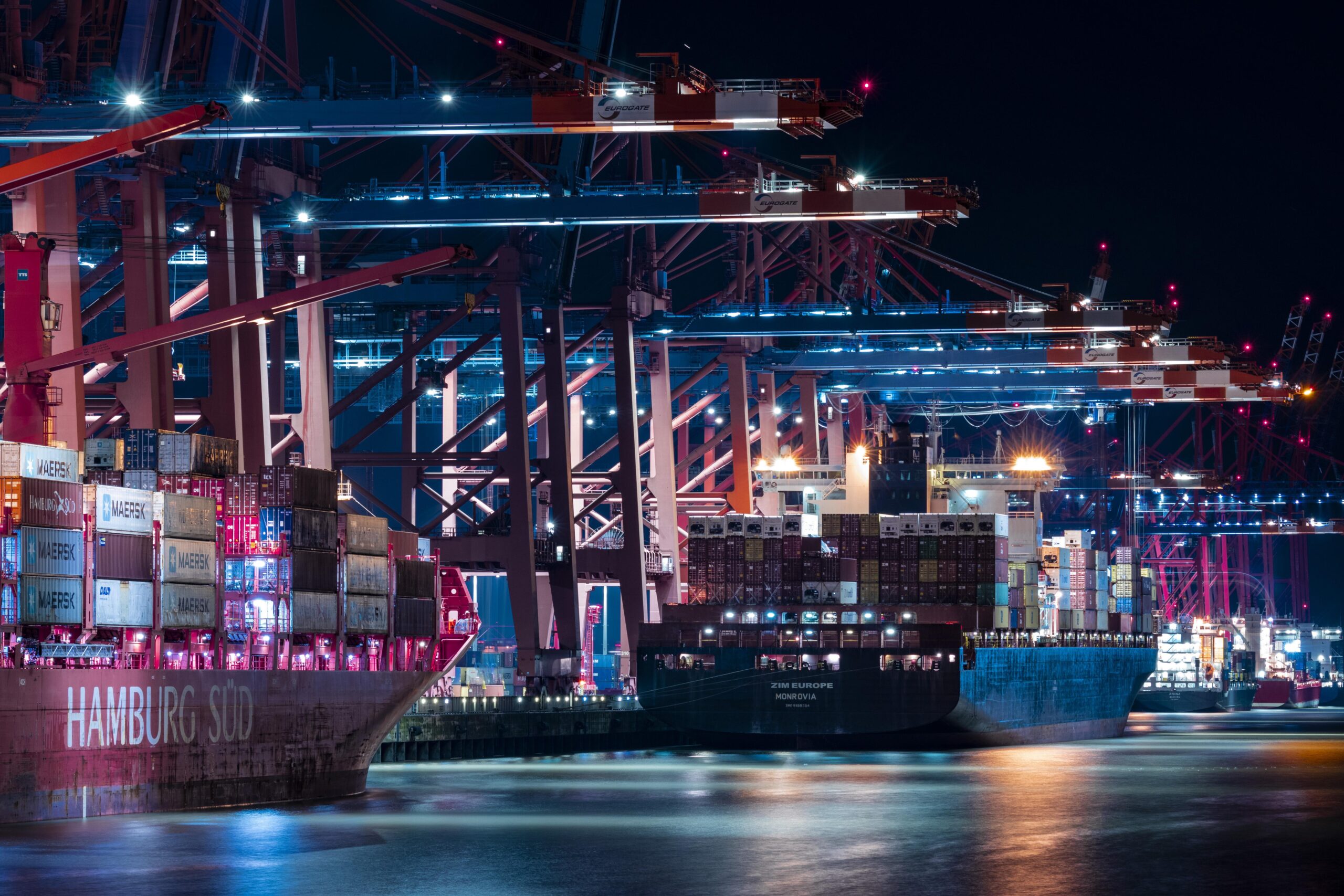The Strategic Importance of European Logistics Hubs for Chinese Imports
The Strategic Importance of European Logistics Hubs for Chinese Imports
calendar_month
04.02.2025
stylus_note
K. Hromkova
lists
Transportation
| calendar_month | 04.02.2025 | stylus_note | K. Hromkova | lists | Transportation |
|---|

As global trade intensifies, Europe’s logistics hubs have become indispensable in managing the ever-growing influx of goods from China. Positioned as the bridge between Asia and the vast European market, these hubs play a crucial role in the storage, processing, and distribution of Chinese imports, ensuring that supply chains remain seamless and efficient. Understanding the role of these hubs and the ports that support them highlights the dynamics of international trade and Europe’s pivotal role in facilitating it.
Europe as a Gateway for Chinese Imports
Logistics hubs are not merely transit points but centers equipped with advanced technology to handle customs clearance, warehousing, and multimodal transportation. These hubs integrate land, sea, and rail transport, enabling goods from China to quickly reach consumers across the continent. They also function as critical points for consolidating shipments, optimizing routes, and reducing costs for businesses.
China’s increasing investments in Europe have strengthened the significance of these logistics hubs. Rail links, such as those connecting China to Germany, complement maritime routes, offering faster delivery options for certain goods. This dual system enhances Europe’s attractiveness as a distribution center for Chinese products.
Key Ports Supporting Logistics Hubs
Behind every successful logistics hub is a port that enables the seamless movement of goods. European ports are among the most advanced globally, with facilities that handle high volumes of container traffic. The Port of Rotterdam in the Netherlands, for instance, stands out as the largest in Europe, acting as a critical entry point for Chinese imports. Its proximity to major inland waterways and rail networks ensures efficient transport to other parts of Europe.
Similarly, the Port of Hamburg in Germany is renowned for its integration with both maritime and rail systems, making it a vital hub for goods arriving via the New Silk Road. The Port of Antwerp in Belgium is another major player, known for its logistical efficiency and strategic location, connecting key European markets such as France, Germany, and the Netherlands.
In Southern Europe, ports like Valencia in Spain and Genoa in Italy are gaining prominence, especially for Mediterranean trade routes. These ports not only facilitate imports from China but also serve as gateways for re-exporting goods to North Africa and beyond.
The Role of Technology
European logistics hubs are at the forefront of adopting new technologies to enhance efficiency and reduce costs. Automation, AI-driven systems, and blockchain technology are increasingly being used for cargo tracking, customs clearance, and inventory management. These innovations ensure that goods move faster through the supply chain while providing transparency for businesses and consumers.
Challenges and Opportunities
Despite their strengths, European logistics hubs face challenges such as geopolitical tensions, and regulatory complexities. The rising demand for imports, coupled with limited capacity at certain ports, can lead to delays and increased costs. Moreover, the need to comply with diverse national regulations within the European Union poses logistical hurdles. However, these challenges also present opportunities for growth. Investments in expanding port capacities, building new rail links, and enhancing digital infrastructure.
The Belt and Road Initiative, which is a global infrastructure and economic development project launched by China in 2013 aims to enhance trade and investment connections between China and countries across Asia, Africa, and Europe. The initiative focuses on building roads, railways, ports, and other infrastructure to facilitate trade, strengthen economic ties, and increase China’s global influence. This initiative is set to further integrate European hubs with Chinese trade networks, fostering greater collaboration and economic benefits.
Conclusion
European logistics hubs and port infrastructure are central to managing the flow of goods from China, ensuring that supply chains remain efficient and resilient. Ports like Rotterdam, Hamburg, and Antwerp, along with emerging hubs in Southern Europe, exemplify the continent’s readiness to handle the complexities of international trade. By continuing to innovate and adapt to the demands of modern commerce, Europe can solidify its role as a vital gateway for Chinese imports while driving economic growth across the region.

